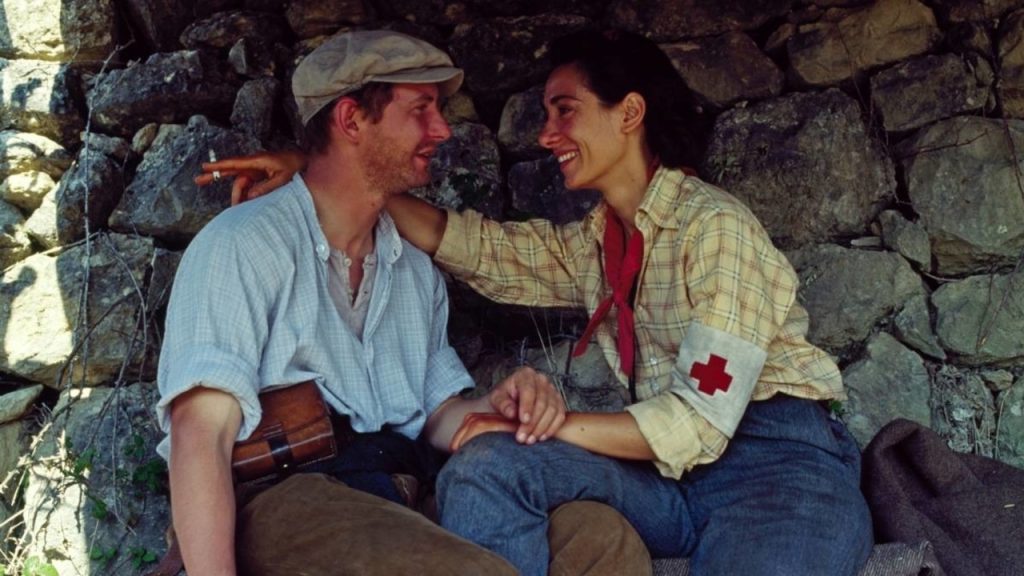Land and Freedom is a tremendously moving, politically incisive masterwork from Ken Loach that examines the intricacies of revolutionary movements.
Ken Loach’s Land and Freedom opens with an old man, David Carr, being rushed to the hospital in an ambulance. Back at his home, his granddaughter goes through his old belongings, discovering photographs, newspaper clippings, and notes that Carr wrote to his wife during the Spanish Civil War. We then flashback to 1936. David (Ian Hart) is a British Communist who learns about the Spanish people fighting against Franco’s Fascists and decides to travel to Spain to join the resistance. Once there, he is enlisted into a POUM (Workers’ Party of Marxist Unification) militia, the one he joins made up of men and women from all around the world who all use English to communicate with each other. What follows is a tremendously moving masterpiece from one of Britain’s most acclaimed directors.
When David joins POUM in Spain is when Jim Allen’s extraordinary screenplay really starts to shine. Each member of the militia is delicately drawn, with their own unique experiences, goals, backgrounds, and politics. Even though they are all fighting for the same goal of defeating fascism, the group is made up of people across the Left side of the political spectrum. There are liberals, communists, anarchists, and those who simply define themselves as anti-fascist. Some of the most thrilling moments of the film examine the clashes between the individuals in the militia as they debate about the best courses of action to take. These scenes brilliantly examine the intricacy of political action and invite us to participate in the politically-charged debates. Loach doesn’t highlight single individuals he thinks are right or wrong, he instead showcases these conversations with a non-judgemental lens, letting every character say their piece.

However, these hopeful moments of collective action and true revolutionary spirit become corrupted over the course of the film. David finds himself torn between his allegiance to the Communist Party and to his friends in POUM, leading to increased factionalism and hope for revolution dwindling. Loach and Allen illustrate the process of a once-radical revolution becoming watered down, leading to splinter groups that start to fight with each other instead of the fascists. While Land and Freedom goes in dark, bleak directions, the film never forgets the importance of human drama, introducing a surprisingly tender romance that develops and the difficulty of forging and maintaining relationships in such chaotic times.
Additionally, Barry Ackroyd’s cinematography lends realism and grit to the film. He shoots many of the battle sequences in tight, claustrophobic frames that heighten the tension and immediacy of these sequences. He also captures the rich Spanish landscapes and often films scenes in the gorgeous orange light of a setting or rising sun. Between the lush cinematography, incisive writing, and passionate performances, Land and Freedom proves itself to be one of Loach’s very best films. It is a stunning, heartfelt ode to revolutionary spirit and a rousing call to continue the fight against oppression everywhere.
Land and Freedom is now available to watch on digital and on demand.

